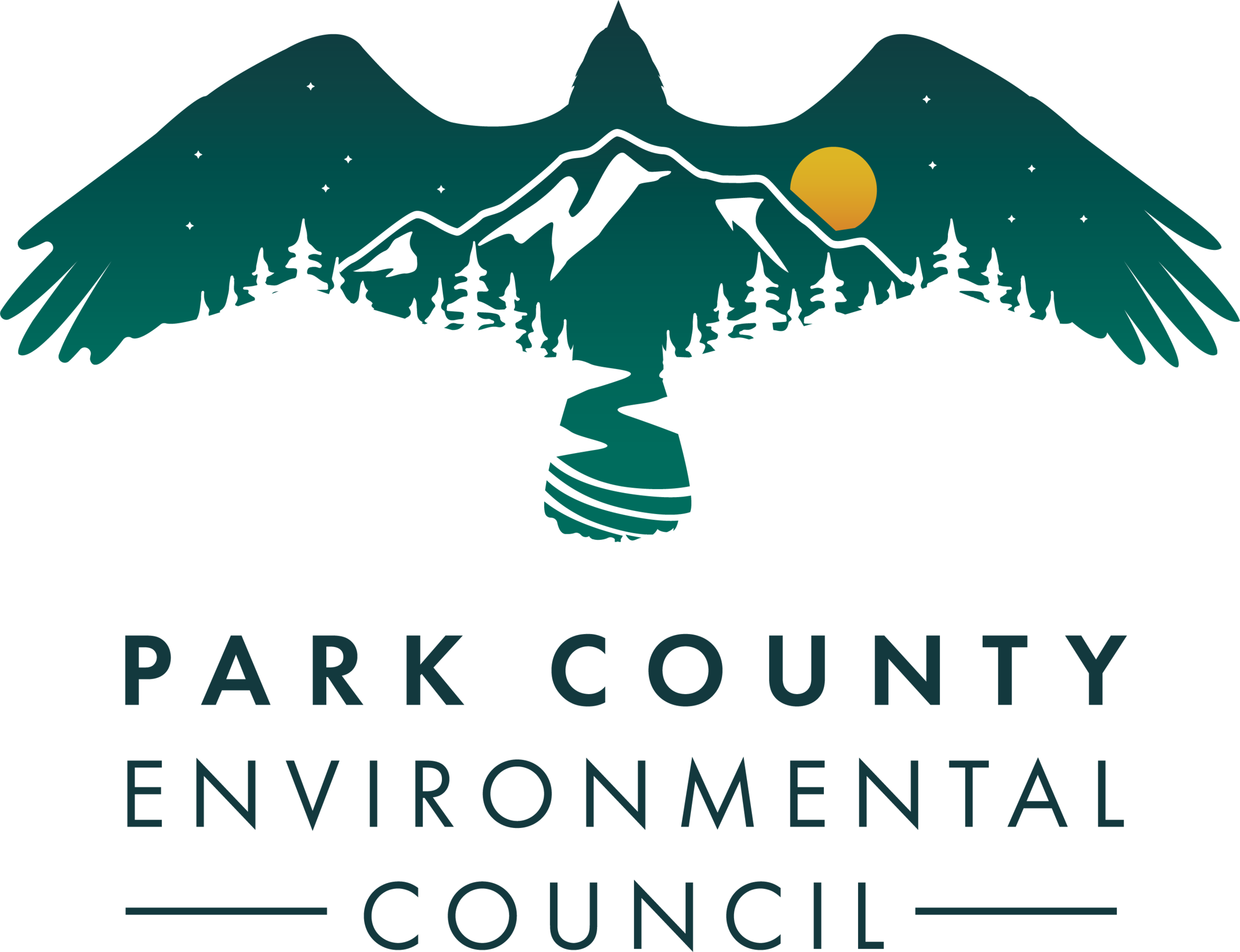Yellowstone Headwaters
PCEC has long been a strong advocate for Park County’s water resources. The Yellowstone Headwaters Program works to ensure that the river and its many tributaries remain a sustainable resource for generations to come.
The health of the river’s ecosystem and the health of the local community are inextricably linked and the water that flows through Park County is our most valuable resource. PCEC is committed to water resource conservation and stewardship in Park County. From education and outreach expanding the awareness of the intricate function of our watershed, to continually working to prevent serious threats to our water quality from industrial development, either from hard rock mining that would create acid mine drainage, or unnecessary oil and gas development on the banks of the Yellowstone River.
The more we learn we learn about this watershed we live in the better equipped we will be to take care of the resource and head off future threats. The goals of the program are to raise awareness of water conservation issues in Park County and to work with landowners, conservation groups, and state and federal agencies to create on the ground water conservation strategies that will maintain and build resiliency in the ecosystem in the face of threats from climate change and development. We all need to invest in the Yellowstone River and a community based partnership is essential in this effort and the long-term health of the resource.
Born out of the 2017 Yellowstone River Symposium, which addressed the social, ecological and economic impacts resulting from the 2016 fish kill and river closure, the very dialog that was absent at that time began, and ultimately synthesized within the Upper Yellowstone Watershed Group (UYWG), overseen by the Park County Conservation District.
PCEC works in partnership with the UYWG on their ongoing river recreation use study. This study grew from the concern expressed by our community and will help us as we move into the future and come up against the need to make some important decisions regarding how we responsibly use and enjoy the river.
The purpose of the study, begun in 2020, is to establish a baseline of recreational use on the upper Yellowstone River, from Gardiner downstream to Carter’s Bridge, by level and type of use, time of season, and location. It also seeks to evaluate the “carrying capacity” at various river access sites with boat launch facilities, and identify what improvements might be considered. To provide insights into how people recreate on the river and their overall on-the-river experience, an initial intercept survey of river users has also been conducted.
A vital part of the study is to work with river interests to identify best practices, issues and impacts, and collaboratively work with all interests to identify and sharpen a set of priority actions for consideration.
PCEC has also been an active member of the UYWG’s Drought Focus Group, looking at local watershed specific issues as they relate to the larger drought conditions in the west, as well as a stakeholder representative for DNRC’s Montana Drought Management Plan update. We will be focusing more of our efforts to help build resiliency within the community to adapt and respond to the persistent threat of drought.
Working with a diverse group of local stakeholders and agency personnel, we have addressed drought vulnerabilities and adaptation strategies. We understand that water use and scarcity, when combined with drought conditions, creates conflict. Collecting data is the most critical component of moving forward for the Drought Focus Committee, and the creation of a Drought Management Plan for the upper Yellowstone watershed.
We are situated at headwaters of the Nation. Yellowstone National Park holds the upper most portion of the river’s watershed. The Park is a non-consumptive entity that protects the resource, while holding the snowpack that feeds the whole system. The residents of Park County are the most upstream users of the water resources of the Yellowstone River. While that provides us the benefit of clean cold water it also carries with it a great responsibility of stewardship for the resource and all downstream users.
Photo by William Campbell Photography


